T4K3.news
Tardigrade protein could shield humans from space radiation
New research suggests a tardigrade protein may reduce DNA damage from radiation, potentially aiding long space missions.
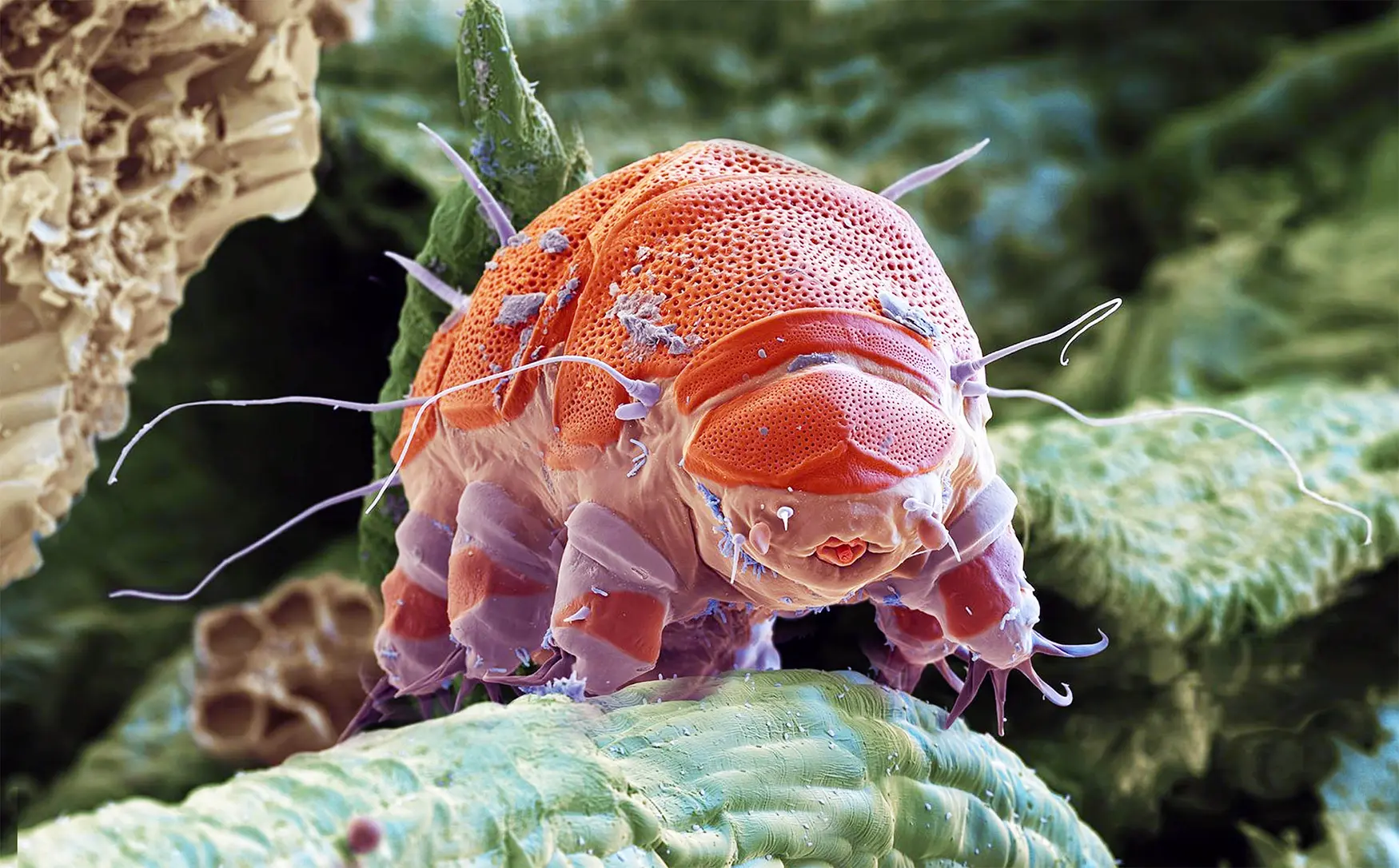
Scientists study a DNA shield from tardigrades to see if it can protect astronauts on long space trips.
Tardigrade dsup Protein Could Shield Humans From Space Radiation
Radiation is the biggest hurdle for crewed missions to Mars. Researchers study tardigrades, tiny animals known for surviving extreme conditions. A key focus is Dsup, a protein that coats chromatin and acts as a shield against damage from high energy particles. In the lab, human cells engineered to express Dsup showed about 40 percent less DNA damage from X rays, and some cells kept dividing when unprotected neighbors stalled. In mice, messenger RNA injections coax tissues to make Dsup, suggesting a potential internal defense for cells in high radiation.
Key Takeaways
"The protein prevents genetic mutations by dissipating radiation and minimizing DNA disruptions."
authors describe the mechanism
"Dsup trimmed X-ray damage by about 40 percent when engineered into human cells."
lab results
"The more tricks scientists catalog, the less alien life seems."
broader implications
"These applications highlight the broader relevance of extremophiles in addressing challenges on Earth while contributing to the scientific foundation for future space missions."
author's view on broader impact
The article highlights a growing trend to treat biology as a toolbox for extreme environments. It presents real promise while warning against hype. If Dsup works in living humans, it could supplement shielding and change how we think about long spaceflight. But translating a tardigrade protein to people raises safety questions about DNA repair pathways and cancer risk. Regulators will demand rigorous testing before any human use, and funding or policy shifts could speed or slow progress.
Highlights
- Dsup could be a shield inside the cell
- Tiny life forms teach us how far biology can go
- Safety and long term effects will decide the path to human use
- Molecular resilience may trim the cost of deep space travel
Regulatory and safety risks in translating Dsup to humans
Translating a DNA repair protein from tardigrades into humans raises concerns about safety, long term cancer risk, and unintended effects on DNA repair pathways. Regulators will demand rigorous testing before any human use.
Biology is becoming a tool for exploration, not just a curiosity.
Enjoyed this? Let your friends know!
Related News
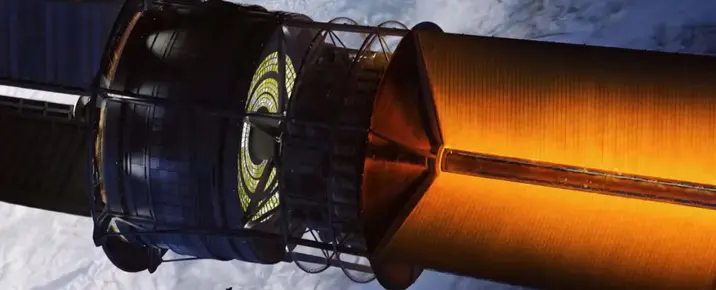
Project Hyperion Launches Competition for Stellar Travel Designs
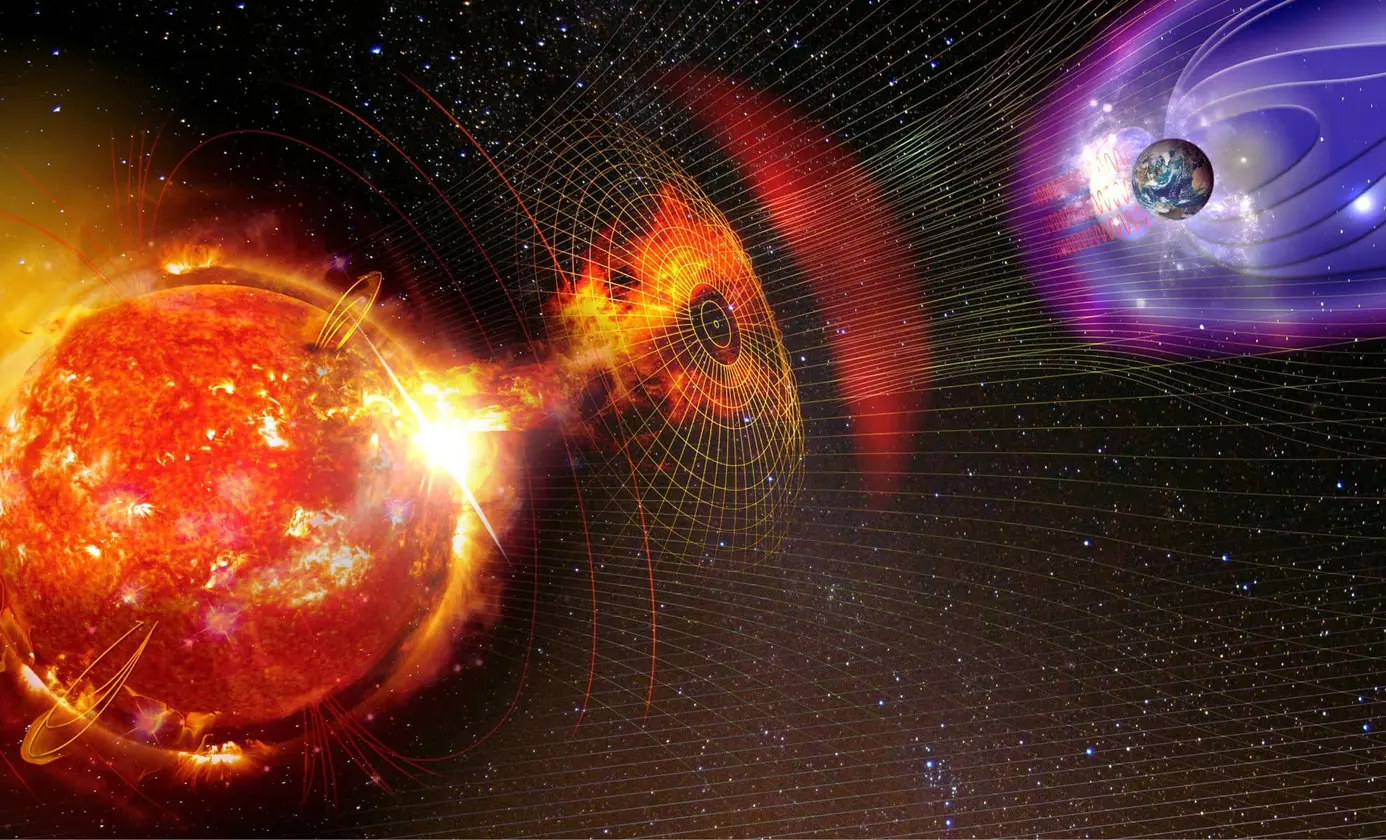
Research Reveals Earth's Magnetic Collapse Impacted Early Humans
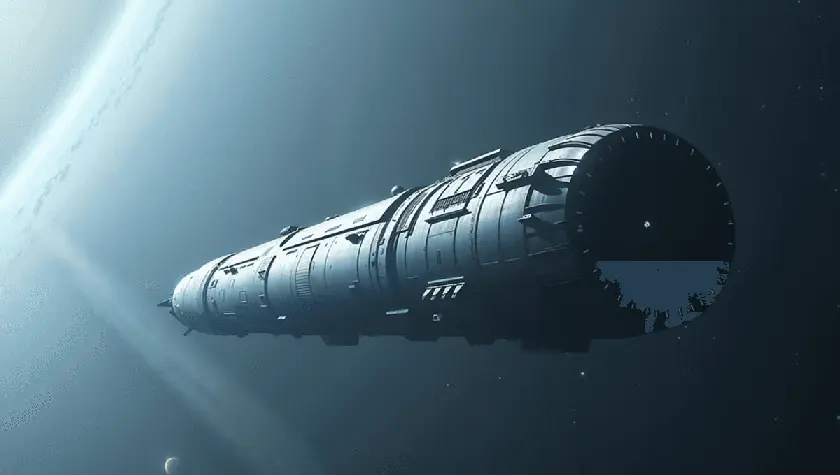
Chrysalis proposed for 400 year Alpha Centauri trek

NASA Studies Risks of Human Pregnancy in Space
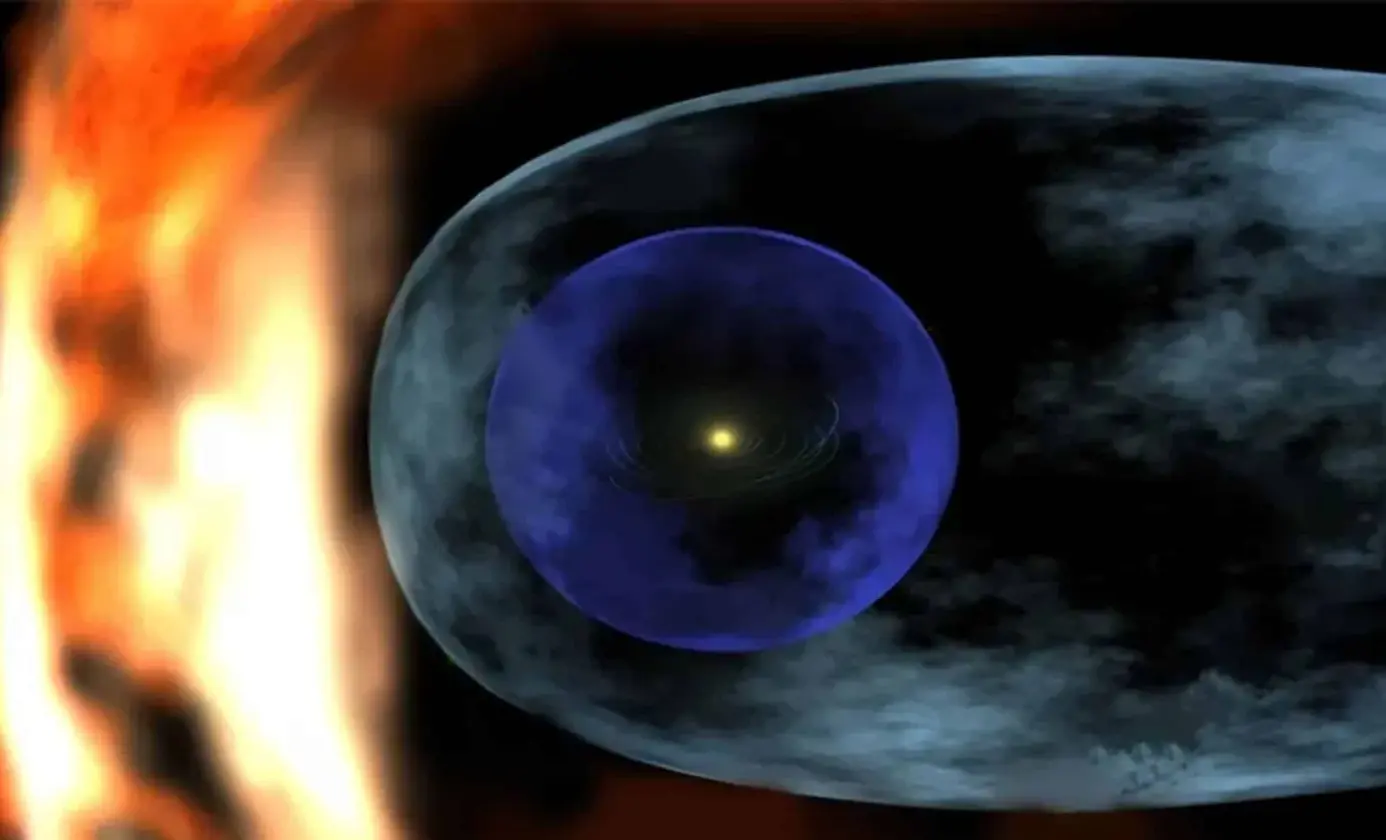
Interstellar encounter linked to past climate changes
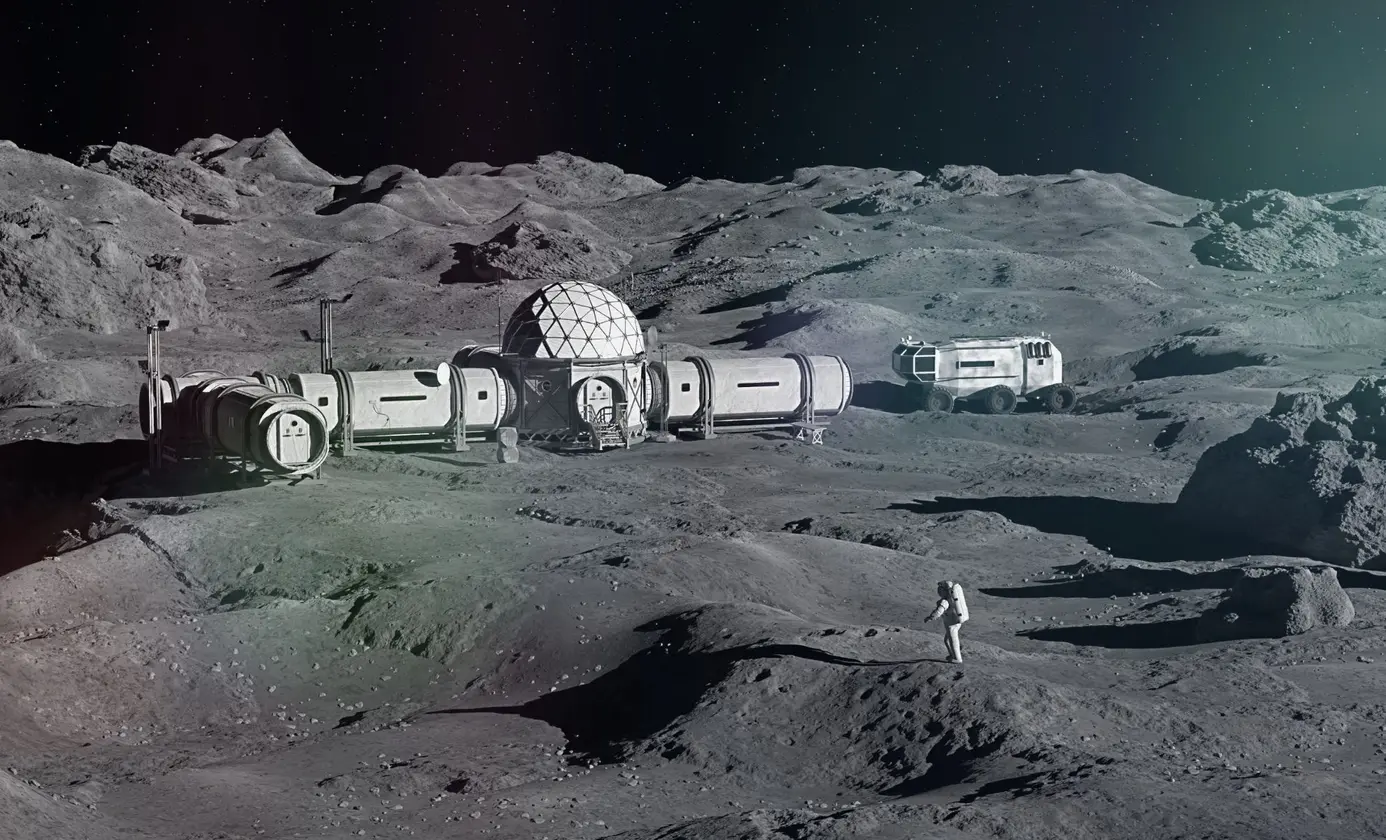
Sun powered lunar bricks push toward a Moon base

NASA Discovers Cave Entrances on the Moon

Ancient artifacts reveal Earth's magnetic history
